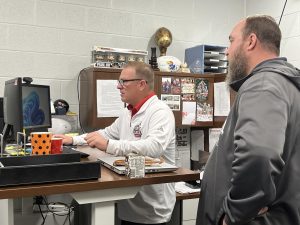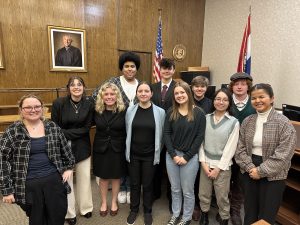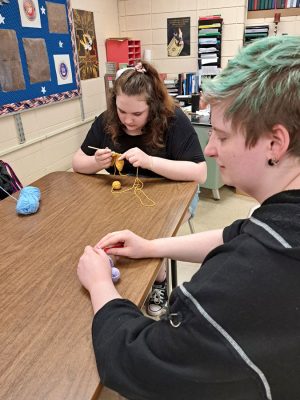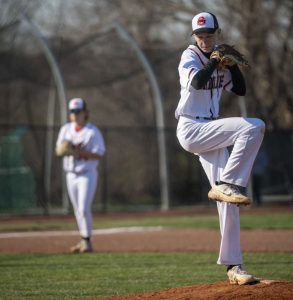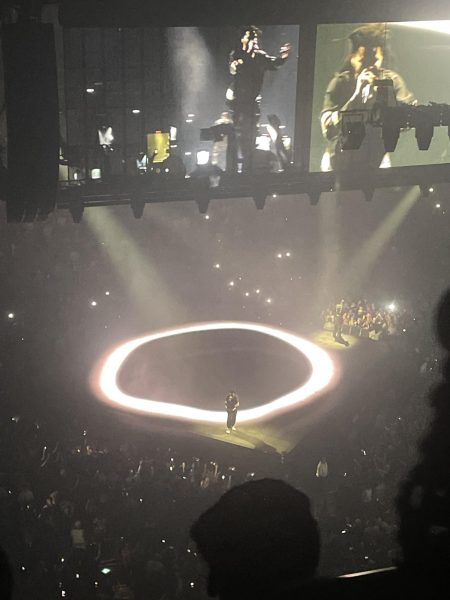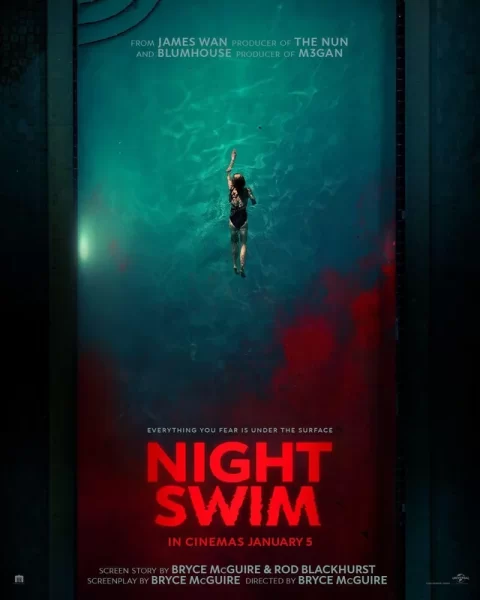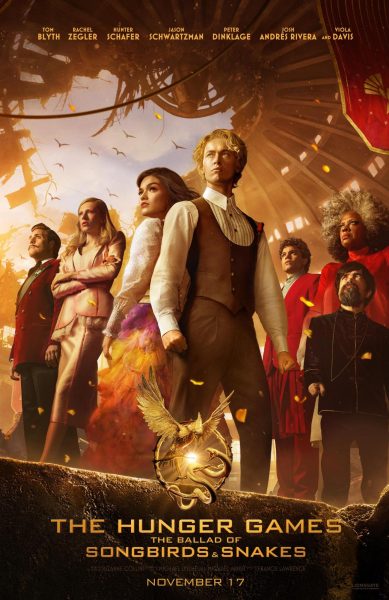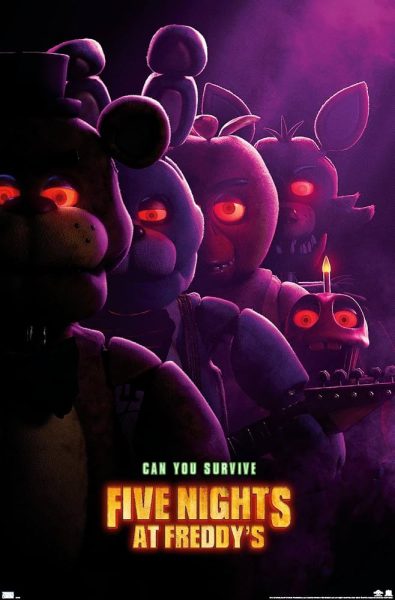Online animation community fosters growth, opportunity
Courtesy Bok-Bok-Choy's YouTube Channel
This image from Bok-Bok-Choy’s YouTube channel, https://www.youtube.com/watch?v=1wk7rPosEtA&feature=youtu.be, shows artists how to contribute to the online animation community.
December 11, 2020
Hunched over a dimly-lit computer, a student works meticulously on a line, scribbling on their tablet. They step back to press play on their computer, the drawings they made turning to life with color and music, a small story being animated on screen. With the help of other artists across the globe, their work will be put into an online animated storybook that will captivate thousands.
The online animation community, more commonly known as the Multiple Animation Project (MAP) community, helps students band together and learn how to collaborate and tell stories through animation. The MAP community teaches students how to collaborate and work together to create finished pieces.
“You grow so much more when you include the thought processes and ideas of someone else,” Art Teacher Mr. Nick Erker said.
Young artists with a shared interest come together with a single idea in their head. Through collaboration and hard work, they create scripts and storylines. They find the perfect songs as backtracks to their favorite scenes and character arcs, creating fully-fledged animation to tell a character’s lives, like the collaborative effort at https://youtu.be/EMmIhX8GZAg. By using each other, they can bounce new ideas of scripts or draw scenes with their closest friends. When students have a support system of other artists with similar skills and interests at a young age, they can begin to grow and shape into a better artist not only by themselves, but with the people they love.
Learning how to collaborate and follow scripts to create animations can help students build portfolios for colleges that specialize in animation.
“Having a portfolio of work is so important. That body of work should show a variety of talents and abilities,” Mr. Erker said.
Students animate different scenes from action shots with lavish backgrounds to emotional deaths and hardships. Students can create a portfolio that showcases their talents and strengths in multiple areas.
For colleges and animation careers, it’s essential to not only learn how to work promptly but self-discipline and work ethics. Sharing artwork online also helps students improve their skills by allowing them to receive constructive feedback and inspiration.
“When I share my work online, it allows me to share and express my creations with others, making me want to continue creating artwork,” Sophomore Cora Fuller said.
The internet is composed of different communities with wide ranges of interests, but all sharing a love with creating and making art of their favorites. To help better and improve their skills, student artists can give and receive constructive criticism.
Students can also receive praise and be inspired by non-artist.
“I like viewing art online because it’s fun to encourage and watch artists create things I couldn’t,” Sophomore Raven Pearson said.
Through the M.A.P. community, students can find ways to improve their artistic abilities and better prepare themselves for adulthood by collaborating and writing with artists across the world.


